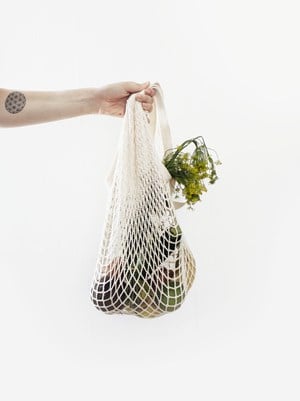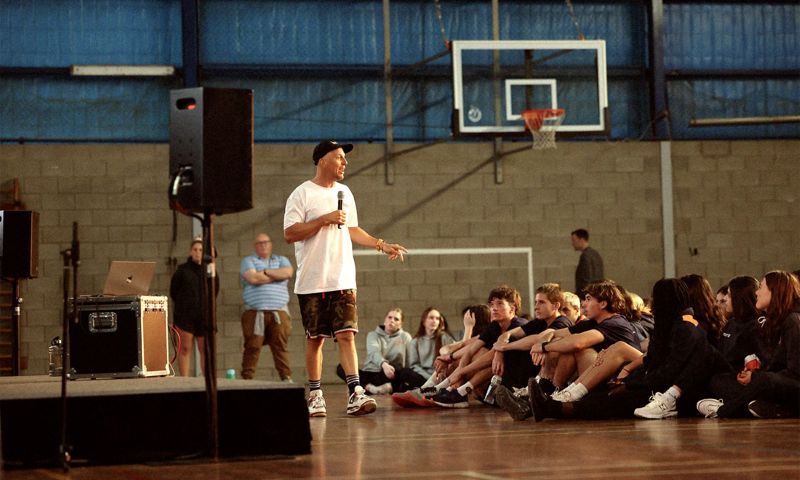Saving the planet may sound like a pretty big responsibility, but it isn’t as hard as you think. Small changes can help make a big difference in the long term.
Here’s some small steps to help:
1. When you can, say no to single use items like:
Plastic bags
It’s pretty scary to think that in Australia alone, 7,150 plastic bags end up in landfill every minute. And only 3% of all plastic bags are properly recycled. As for the rest, they go to landfill, where they take around 1,000 years to properly degrade.
Reusable bags are leading the charge against excess waste. Key to this tip though, is actually remembering to bring your bags with you. So make sure you always have some in the car so you have them handy when you’re out and about.
Water bottles
Like reusable bags, this kind of seems like an obvious one. But while many of us know that reusable water bottles are a considerably better option than their plastic counterparts, not many of us take into account just how much damage bottled water really does.
We now buy over a million plastic bottles a minute worldwide, with only 9% of them being recycled.
Takeaway coffee cups
While we’re a country that prides ourselves on having a coffee culture, it’s this same culture that sees us use over 1 billion disposable coffee cups each year.
From one container to another, reusable coffee cups are thankfully starting to gain traction both in Victoria and around the world.
Many cafés are now also rewarding customers who bring a reusable cup with cheaper coffee prices, so it’s a win for the environment and for you! To find cafés in your area that offer a discount if you BYO cup, check out https://responsiblecafes.org/.
2. Think before you print
Like it or not, technology has swiftly whisked us into a new age. And as much as computers have taken away from traditional mediums like books and newspapers, there is a silver lining to our reliance on screens – less paper.
With innovations like Dropbox, Google Docs and iCloud all ready and able to store and backup your files no matter what computer you use, there’s really no excuse left to keep printing.
3. Transport
Changing the way you get around can quite literally make a world of difference. You don’t even have to completely ditch the car – carpooling is an effective way of cutting down your greenhouse gas emissions.
If it’s available to you, public transport is another way to travel that produces far less pollution than driving your car. Public transport reduces greenhouse gases which contribute to climate change. This mode of travel also reduces our reliance on precious natural resources such as oil and the land we use for road infrastructure and car parks.
For shorter distances, the tried and true methods of walking or cycling are not only easy but, without question, the most eco-friendly.
4. Consider what you really need
In Australia alone, more than 500,000 tonnes of textiles and leather end up in landfill each year.
The rise of fast fashion means we are buying and disposing of more clothing than ever, often compromising quality for cheaper items that don’t last as long.
So before you buy that new item of clothing or pair of shoes, think about whether you really need it and whether it is a quality item that’s going to last.
Another great alternative is to buy second hand. A few options for buying pre-loved items include op-shopping, weekend markets, as well as social media – such as Facebook groups or Marketplace.
5. Food waste
Whether you think you’re part of the problem or not, the facts of the matter are quite alarming with the Australian Government estimating that food waste costs the economy around $20 billion each year – that equates to one in every five shopping bags ending up in the bin.
There are many things you can do to help reduce your food waste, such as:
- Create a weekly meal plan for your household
- Make a shopping list and stick to it
- Store your food properly to ensure it stays fresh for longer
- Think of tasty ways to use leftovers or freeze leftovers when you have enough for an extra meal.



